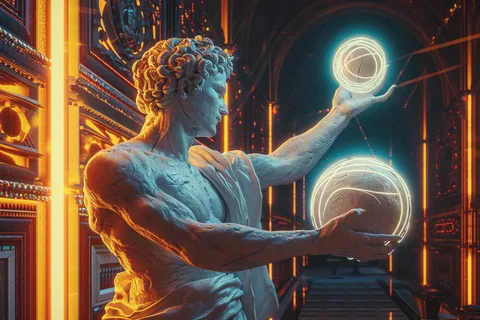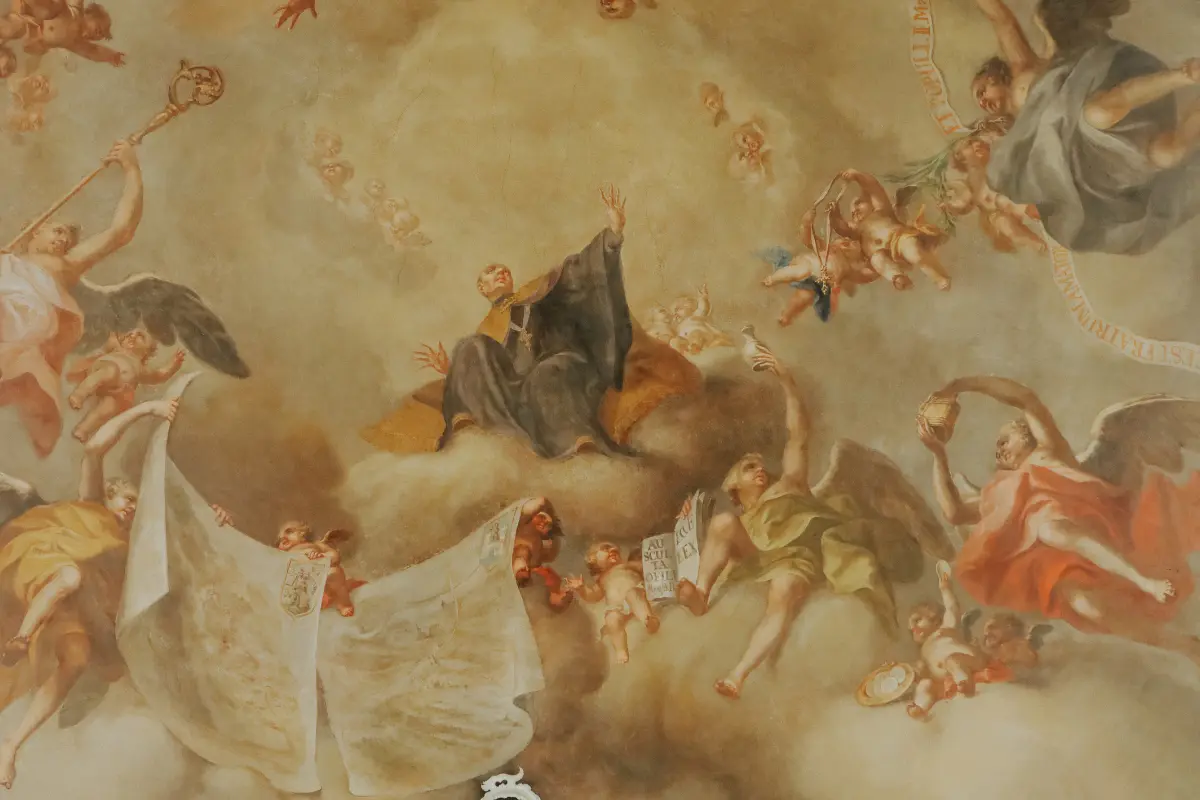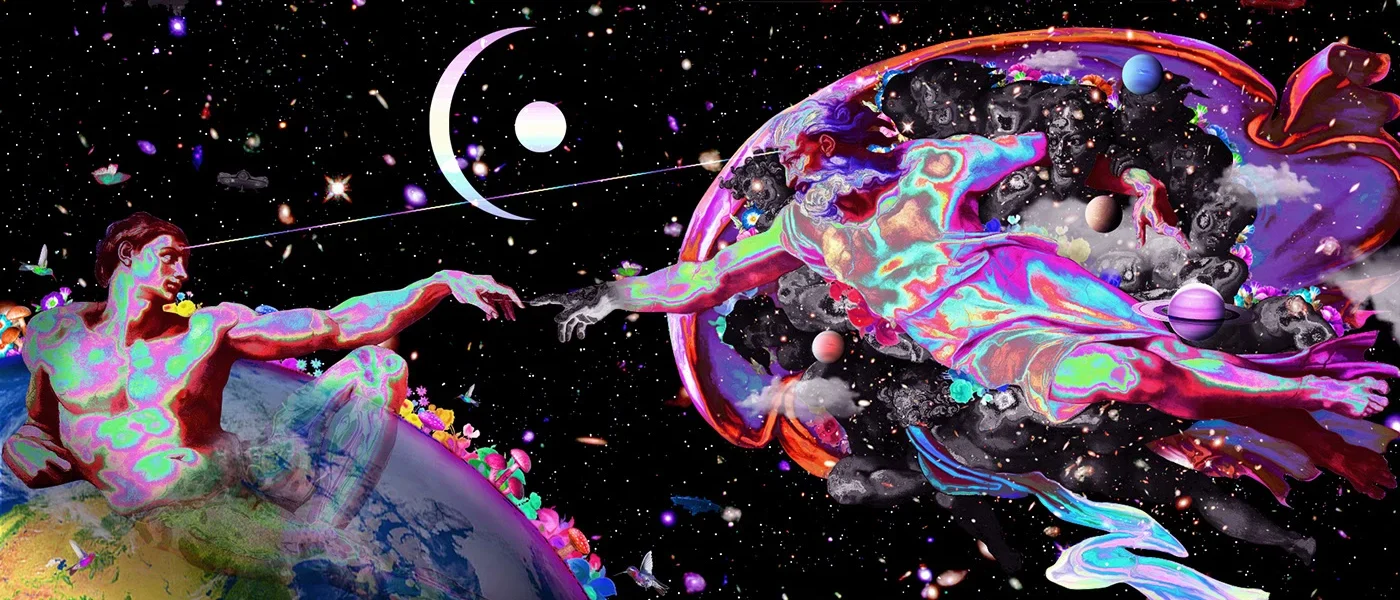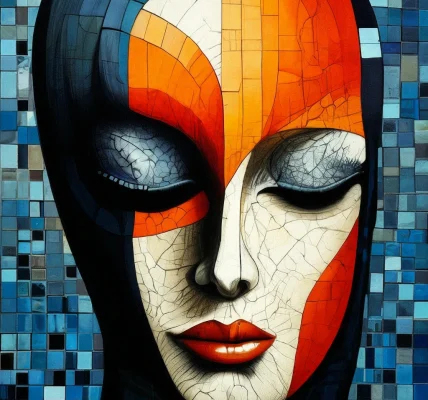Introduction
The art world is undergoing a powerful transformation — one driven not by elite institutions or rigid tradition, but by code, connectivity, and creativity. The Digital Renaissance is here, and it’s breaking down long-standing barriers in the arts.
Where once artistic creation was limited by geography, cost, and access to galleries or training, technology is now empowering anyone with a device and passion to participate. Art is no longer confined to studios and museums; it lives on screens, in apps, and across virtual galleries.
This post explores how technology is democratizing the creation and consumption of art, making it more accessible, inclusive, and innovative than ever before.
How Technology Empowers Modern Artists
Technology has brought a new wave of empowerment for emerging and established artists alike. Here’s how it’s changing the game:
- Low-Cost Creative Tools:
Software like Krita (digital painting), GarageBand (music production), and Blender (3D animation) allow creators to get started with zero to minimal investment. - Mobile Creation:
Artists can now draw, compose, record, and edit on smartphones or tablets with apps like Procreate and Adobe Fresco. - Cloud Collaboration:
Platforms like Google Drive and Adobe Creative Cloud make remote collaboration possible across continents. - AI-Assisted Design:
AI tools such as DALL·E or Midjourney enable artists to prototype visuals or generate inspiration at scale.

Digital Mediums vs. Traditional Art
| Aspect | Traditional Art | Digital Art |
| Medium | Canvas, clay, paper | Software, apps, VR |
| Tools | Brushes, tools, ink | Stylus, mouse, AI tools |
| Accessibility | Limited by cost/location | Widely accessible |
| Reproduction | Difficult & manual | Instant & scalable |
| Distribution | Galleries & events | Online platforms |
Digital tools have not replaced traditional ones — they’ve expanded what’s possible.
Platforms Revolutionizing Art Consumption
The way people experience art is changing fast. It’s no longer necessary to travel to prestigious galleries to see new work. Today, people engage through:
- Instagram, TikTok, Pinterest
Artists reach millions directly, bypassing gatekeepers. - Digital Art Marketplaces
Sites like Saatchi Art and OpenSea enable global sales of digital art and NFTs. - YouTube and Streaming
Musicians, filmmakers, and performance artists distribute their work on platforms like YouTube, Spotify, and Twitch. - VR and AR Experiences
Institutions like the Louvre now offer VR-based virtual tours, expanding access to global audiences.
Apache Plaza’s Role in the Digital Renaissance
Apache Plaza stands at the intersection of art and innovation. As a creative hub, we focus on:
- Providing resources that help emerging artists harness the power of tech
- Publishing insights such as this AI-driven exploration of artistic creation
- Highlighting tools, platforms, and success strategies for creators navigating the digital landscape
Our mission is to ensure that this creative revolution benefits not just a few, but the many.
Real-World Examples of Democratized Creation
Democratization of art isn’t an abstract idea—it’s visible in real-world practice. Consider these scenarios:
- An animator in Nairobi uploads a short film to Vimeo and earns global recognition
- A textile artist in Mumbai sells designs on Etsy with international shipping
- A street artist live-streams murals via TikTok to thousands of fans
- A teenager builds a music career using just their smartphone and BandLab
Every day, artists bypass traditional channels and connect directly with an audience.

Barriers Still Remain
Despite its promise, the digital art revolution has its challenges:
- The Digital Divide:
Billions still lack reliable internet or devices. - Content Overload:
With so much content, great work can get buried. - Monetization Struggles:
Many artists struggle to earn sustainable income despite large followings. - Copyright and IP Theft:
Art shared online can be copied or stolen easily. - Platform Dependency:
Creators are often at the mercy of algorithm changes on social media.
Still, as covered in our piece on customer relationship strategies, long-term success lies in authenticity, community, and adaptability.
Emerging Trends in Digital Art and Tech
What lies ahead for this creative renaissance? These rising trends point to the future:
- AI and Human Collaboration:
Artists co-create with AI tools like ChatGPT, Runway, or Stable Diffusion - Blockchain and Ownership:
NFTs allow creators to retain control over resale and royalties - Interactive Installations:
Digital works respond to user interaction via motion sensors and AR - Creator Economies:
Platforms like Patreon and Ko-fi support fan-funded artistic careers - Decentralized Platforms:
Artists move toward platforms that give them control over revenue and exposure
FAQs: The Digital Renaissance Explained
- What is the Digital Renaissance?
It refers to a modern artistic revival powered by digital tools, platforms, and global connectivity, making creation and appreciation of art more accessible. - How has technology changed who can become an artist?
Technology allows anyone with internet access to create and share their work, removing traditional gatekeepers like gallery owners or publishers. - What’s the best way to showcase art online?
Platforms like Behance, Instagram, TikTok, and Saatchi Art help creators reach both audiences and potential buyers. - Is AI a threat to human artists?
AI is a tool, not a replacement. Most impactful art still requires human creativity, emotion, and intent. - Can I earn a living as a digital artist today?
Yes. Through a mix of freelancing, digital sales, commissions, and subscriptions (Patreon, Gumroad), many creators sustain full-time artistic careers.
Conclusion
The Digital Renaissance is more than a buzzword—it’s a paradigm shift. Technology has turned smartphones into studios and made the entire world a gallery. Artists now control their own narratives, build their own communities, and distribute their work on their own terms.
At Apache Plaza, we celebrate this movement and support the creators leading it. As we continue to explore how AI, blockchain, and immersive tech transform the arts, one truth remains: creativity belongs to everyone.
Now, more than ever, the brush is in your hands. Create boldly.




